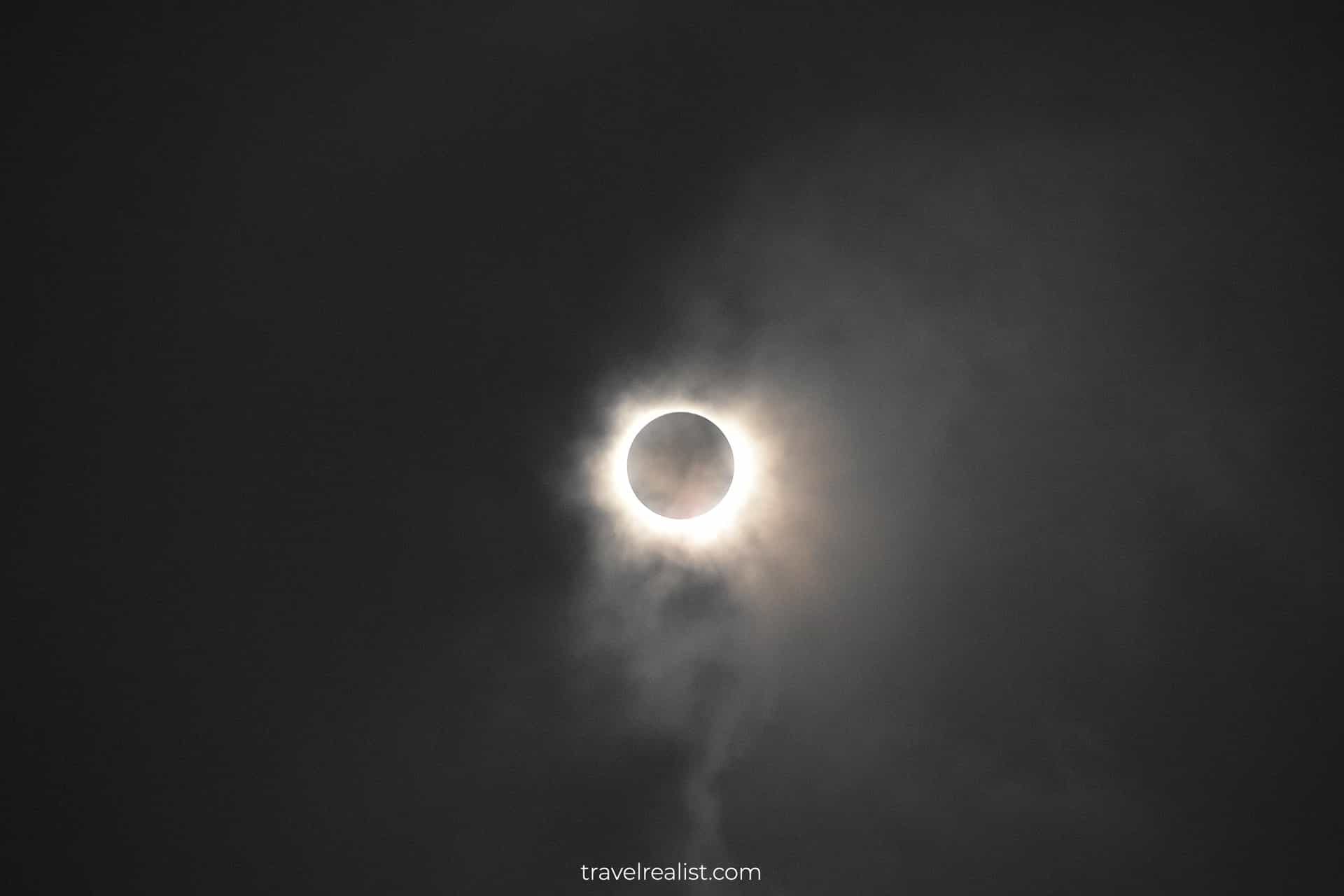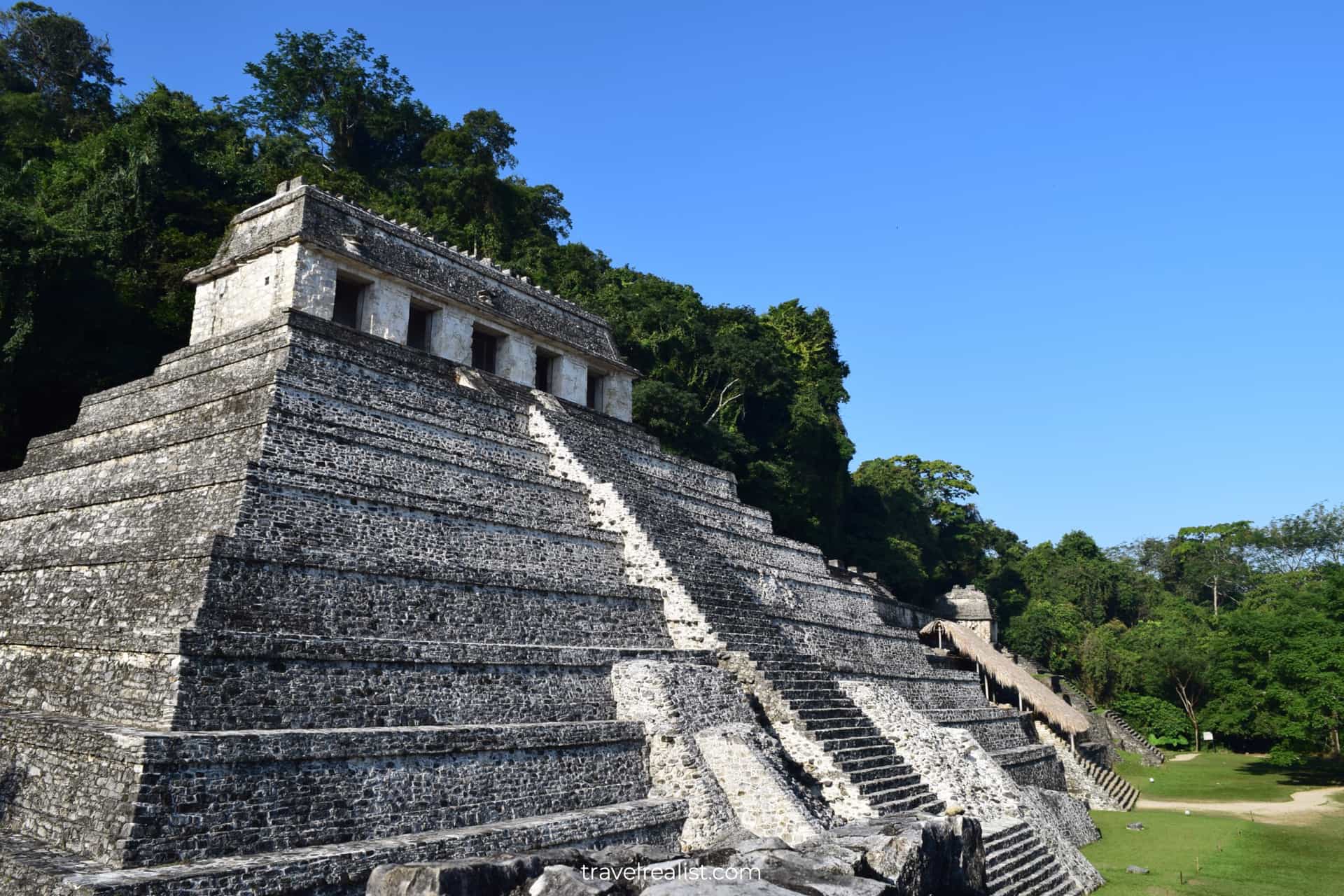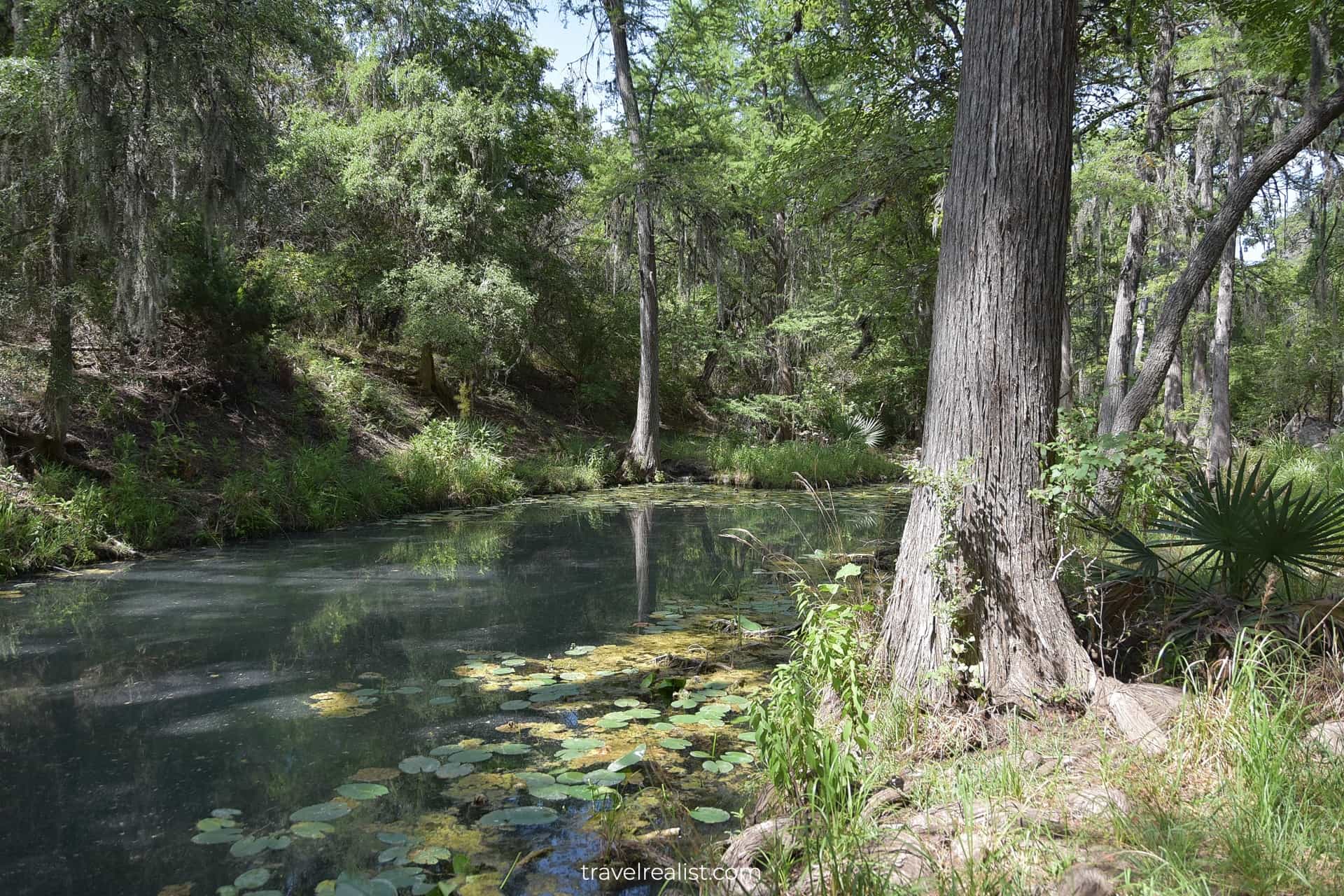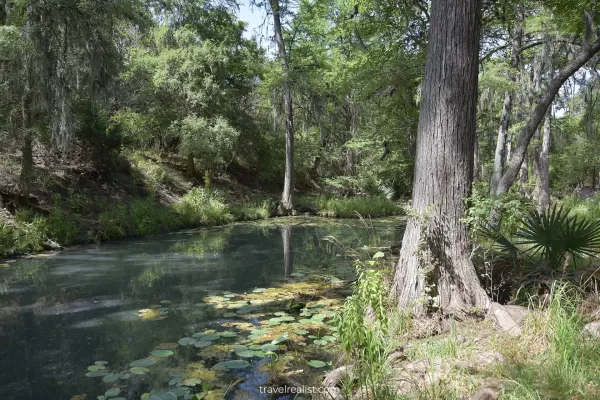15 Tips for An Inexpensive Trip to Iceland
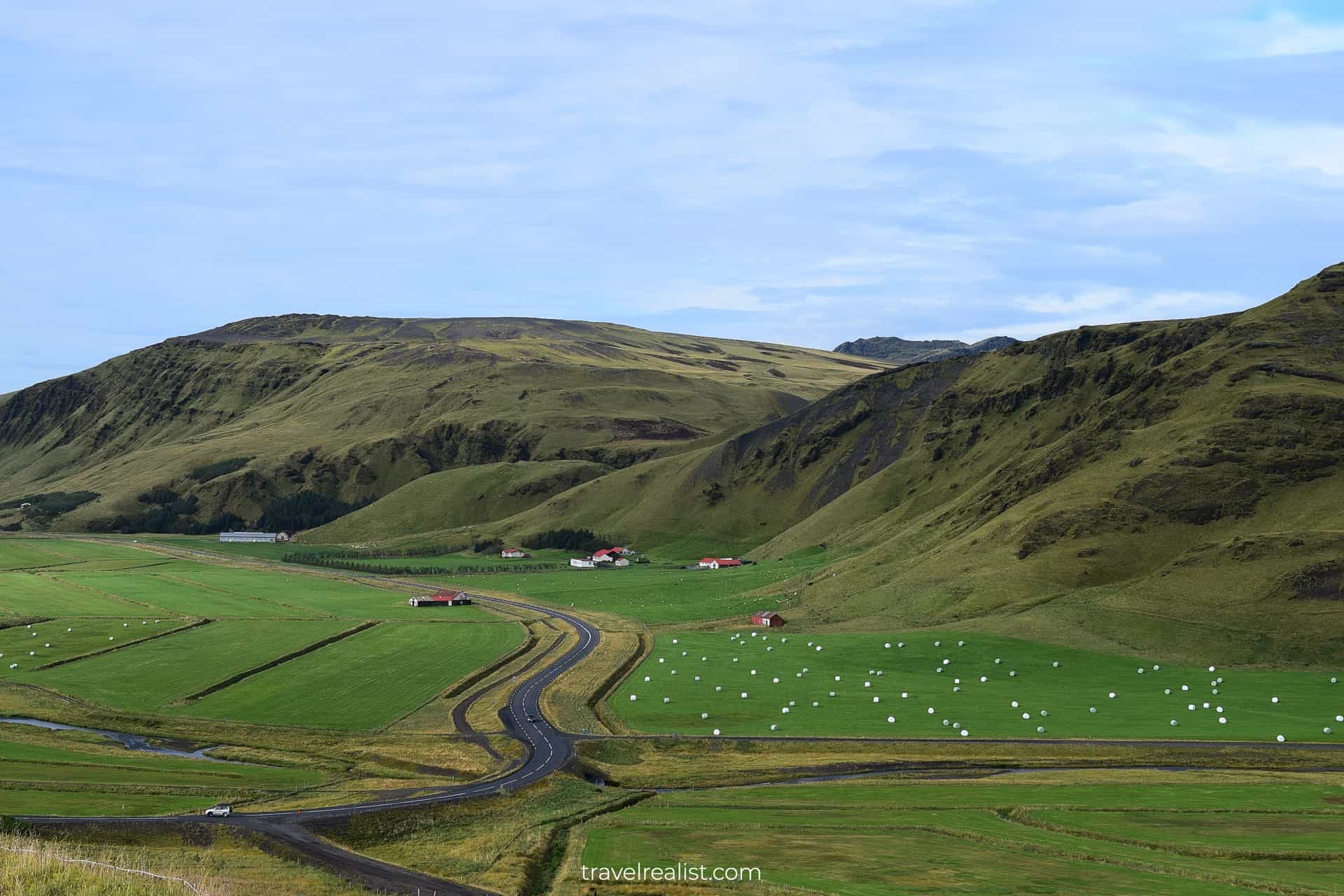
This realistic collection of tips for an inexpensive trip to Iceland helps you plan your next adventure in this country.
Iceland gained immense popularity with tourists thanks to its countless waterfalls, volcanic beaches, hot springs, wildlife, and northern lights. But the country is an expensive destination.
This post includes affiliate links that will earn us commission if you make a purchase via these links.
Iceland is a Nordic country on the same named island in the North Atlantic Ocean. The country boasts geological wonders, advances in alternative energy, and, more recently, a skilled soccer national team.
Almost everything on the island is expensive. This collection of tips aims to help you plan a budget friendly trip to Iceland.
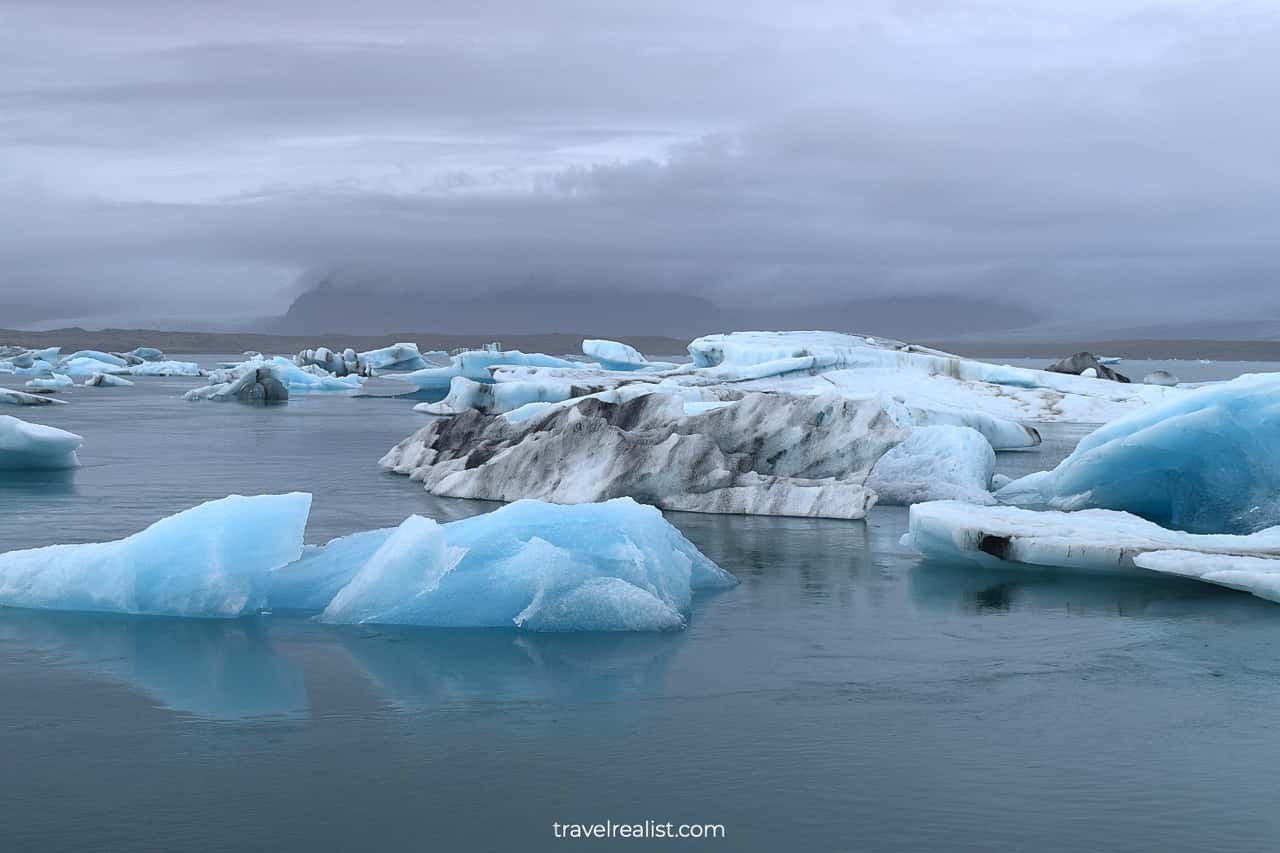
Airfare
Airfare to Iceland might be the cheapest item on your trip budget. It is often cheaper to fly to Iceland than to many parts of the United States.
Low cost carriers like PLAY, Wizz Air, and EasyJet are to thank for the affordable airfare. Only PLAY flies directly from USA to Iceland. You would need to make a connection elsewhere in Europe with the other two airlines.
A return nonstop trip to Keflavik could cost as low as $285. You could find deals for $315 return even during the peak of the summer.
There are a few things to keep in mind when booking airfare to Iceland. Continue with this collection of tips for an inexpensive trip to Iceland. You will learn more about season, routes, and deals.

1. Pick Right Season
Season is usually the difference maker between a cheap flight and an expensive one. Summer flights to Iceland tend to be more expensive than the flights during the shoulder seasons.
But you should not just assume that a winter trip to Iceland will be cheaper than a summer trip. A handful of places to stay are only open during the summer. You will have less daylight to explore the sights in the winter.
You will likely be better off flying to Iceland during late spring or early fall. These are the best seasons to visit the country. You could get cheaper flights while enjoying nicer weather and more places to stay.
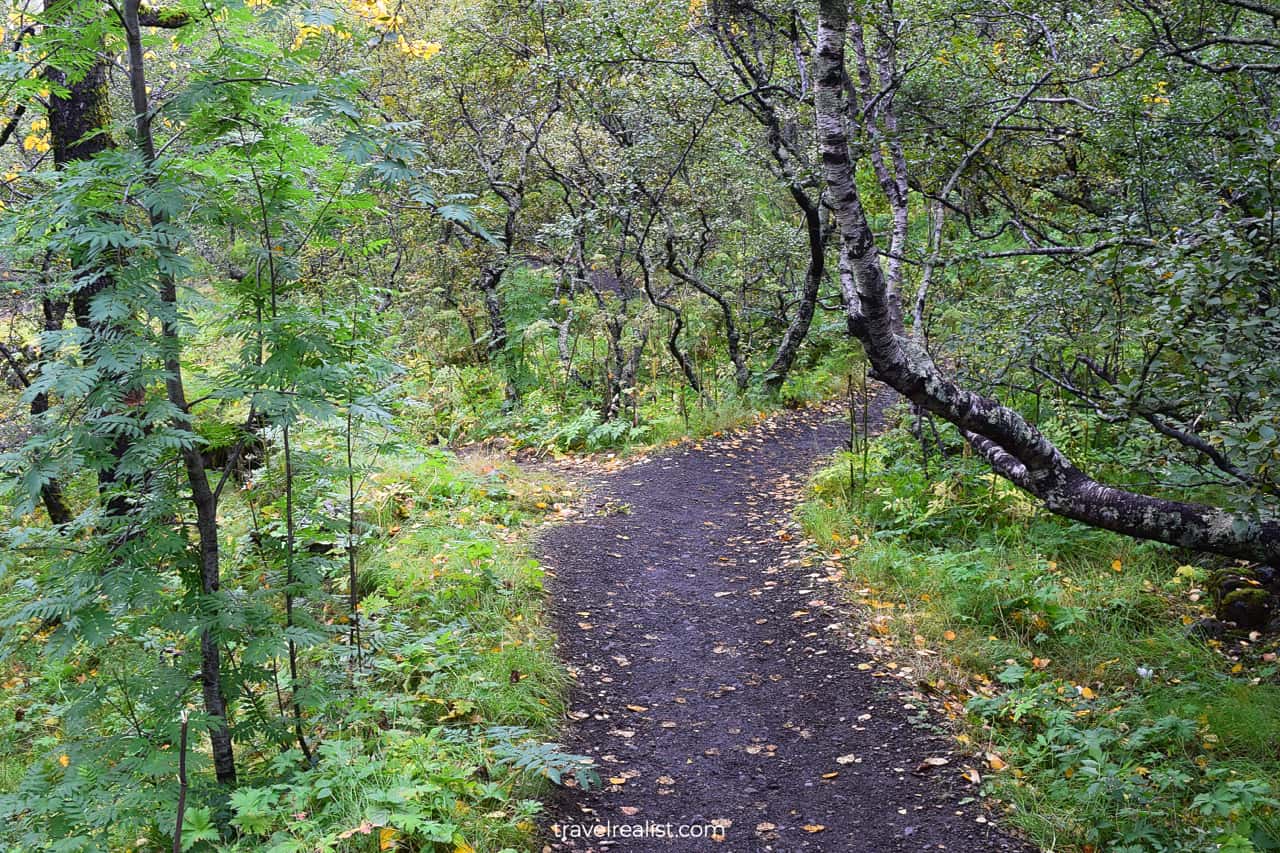
2. Be Flexible About Route
Route is another important thing to consider when looking for inexpensive airfare to Iceland. It pays off to know where you can find the best value.
PLAY currently flies from three cities and four airports in the United States. You can fly to Iceland directly from Baltimore Washington (BWI), Washington Dulles (IAD), Boston (BOS), and New York Stewart (SWF).
Dulles and Boston are major hubs. But you probably would not have thought about adding Stewart Airport to your search box. This airport is hardly a household name.
Unless you live in Washington, D.C., Baltimore, Boston, or NYC area, you would need to get to these airports cheaply.
The other option is to find a cheap flight over the Atlantic. Make a connection in Continental Europe to a low cost flight to Iceland. Low airfare will greatly help with planning an inexpensive trip to Iceland.
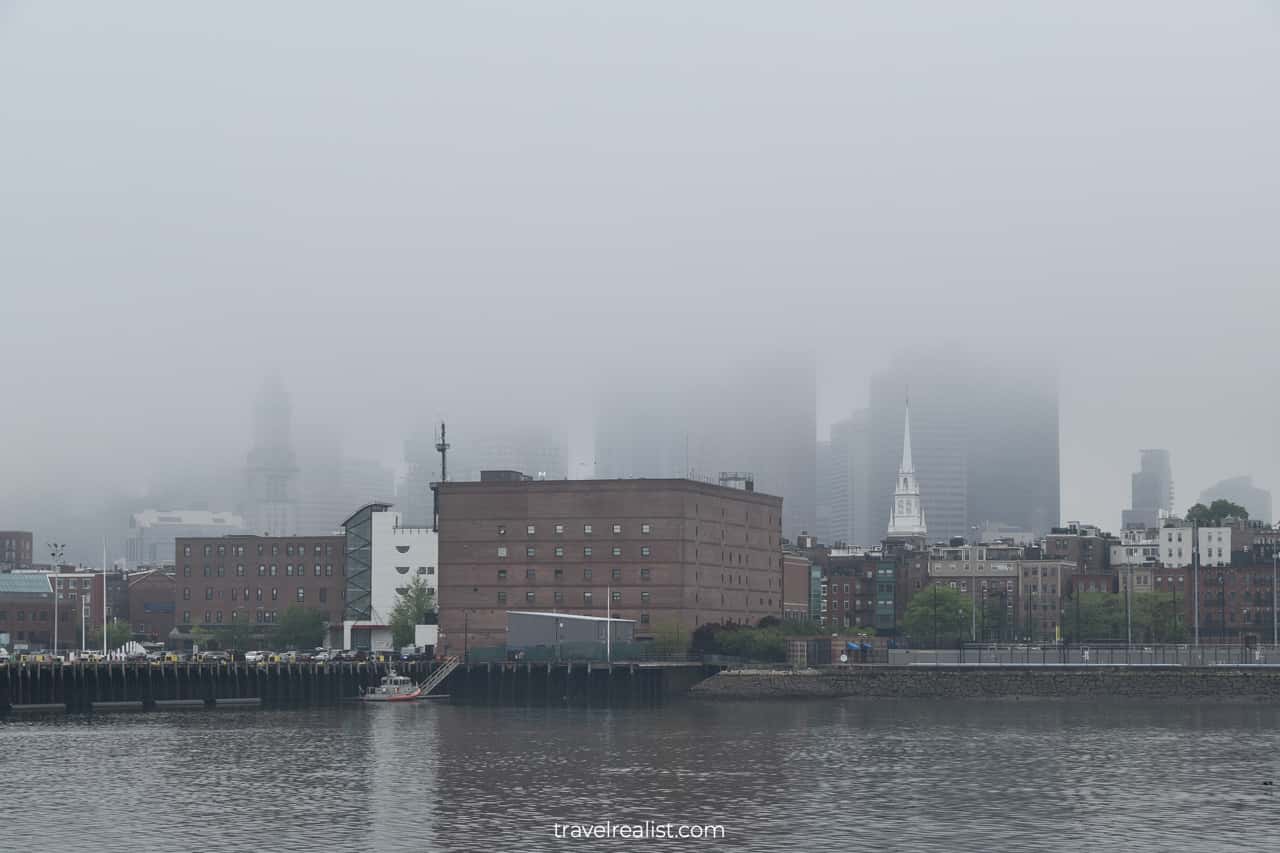
3. Look for Deals
Iceland is one of the best abroad destinations for flight deals from the United States. Thanks to the presence of the low cost airlines, many major airlines run promotions to compete.
These deals are often the cheapest way to fly to Iceland from places other than Boston, NYC, and D.C. Be on the lookout for the deals and promotions.
It is best to create alerts on your preferred travel search engines. Follow specialized flight deal services, like Going.
The best way to take advantage of these deals is to keep your dates flexible. Many travelers would not fly abroad for an incomplete week.
But there might be an inexpensive flight to Keflavik on a Monday that returns on a Saturday. This is just enough time for a 5 day Ring Road itinerary. It is your chance to get a great deal to Iceland.
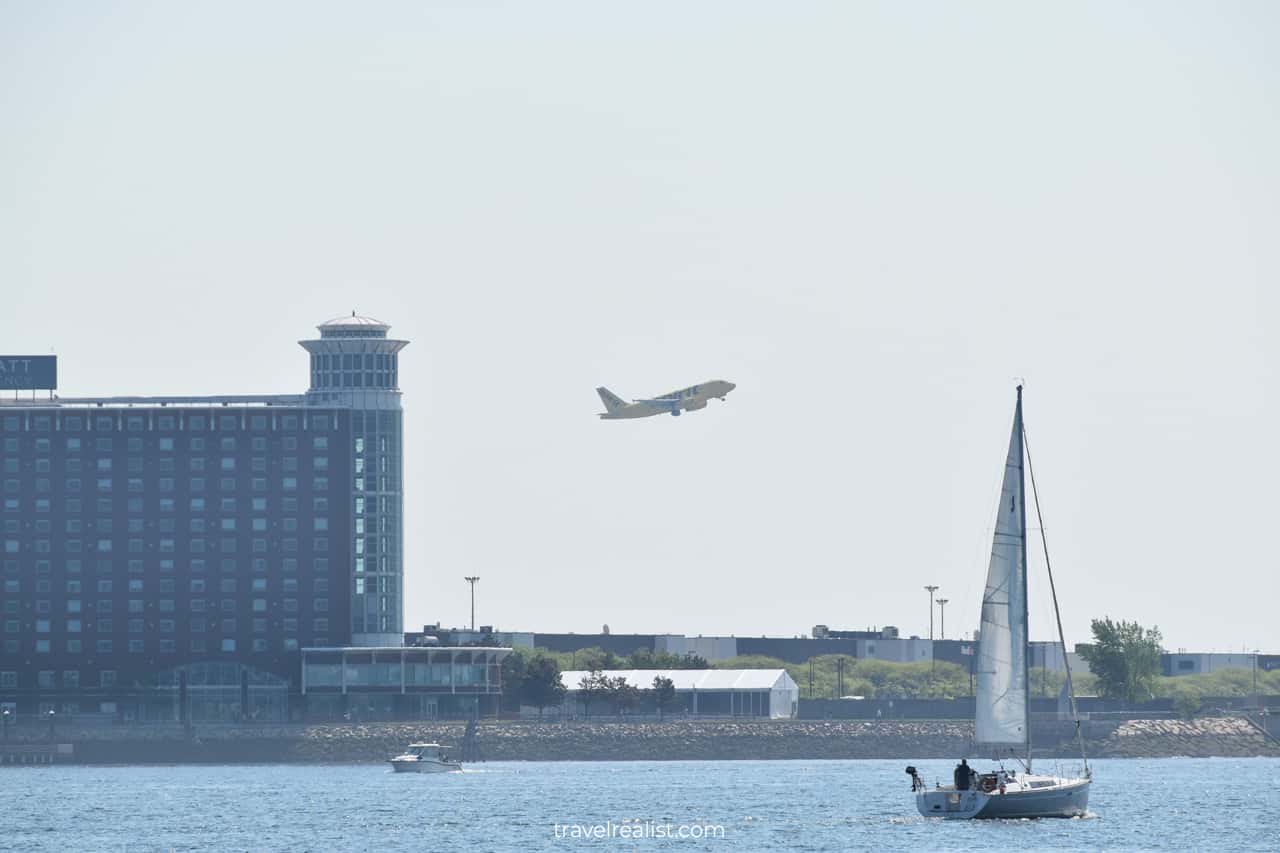
Places to Stay
Lodging in Iceland will be a sizable part of your trip budget. The country receives 2+ million visitors annually. It is about 6x times more than the population of the country.
Large tourist crowds helped grow the number of places to stay in Iceland. But with most tourists visiting Reykjavik, the Golden Circle, and South Iceland, there is little reason to decrease the prices.
Most places sell out in the summer regardless of the price they charge. As a result, most hotels and guest houses are more expensive than in the United States.
You can expect to pay $150+ per night for most hotels with basic amenities.
There are a few ways to bring down your spend on the places to stay in Iceland. The next sections of this collection of tips for an inexpensive trip to Iceland will show you how.
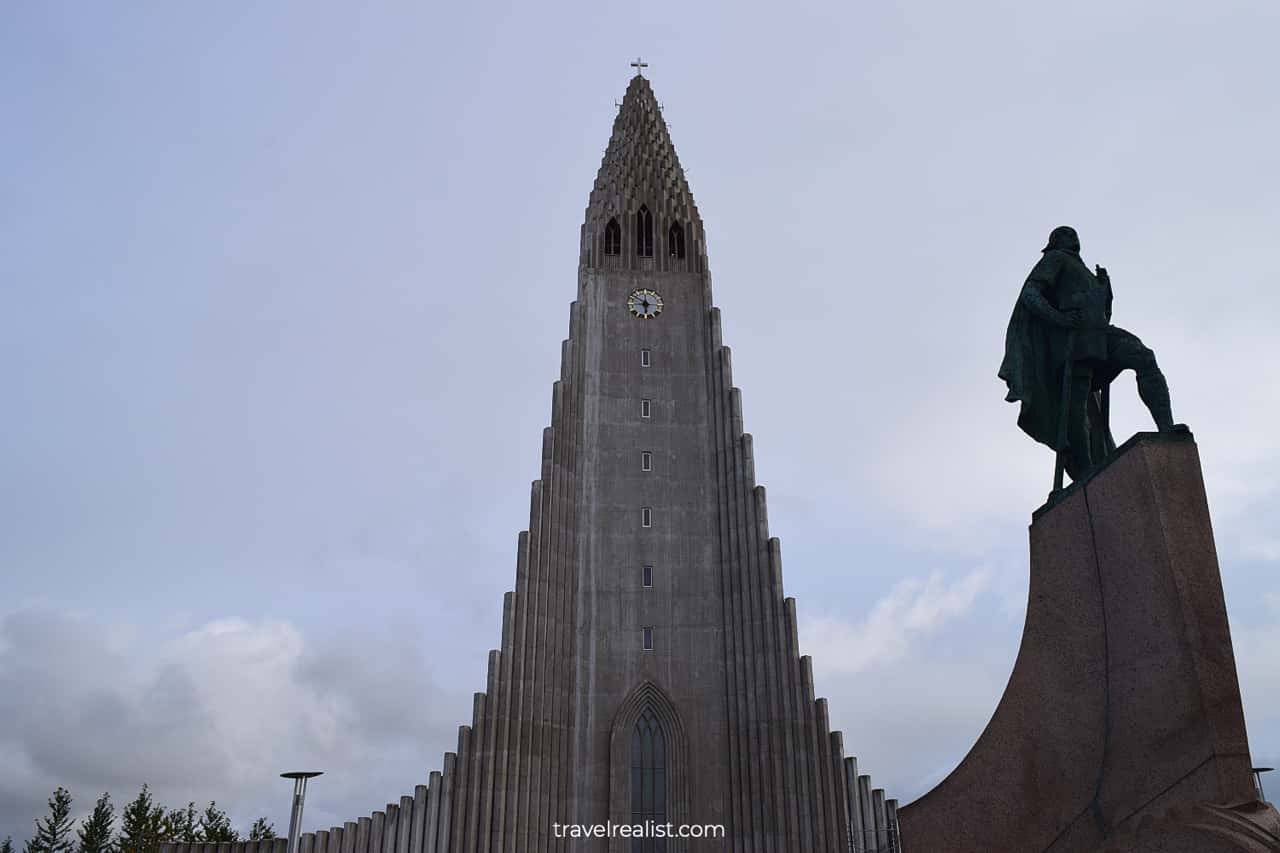
4. Stay in Major Towns
The first tip for finding inexpensive lodging in Iceland is intuitive. You need to plan your Iceland itinerary to spend the night in the largest towns of each region.
This is a no-brainer. Pure laws of economics are at play. Bigger towns have more places to stay. Greater variety creates more competition. And competition drives down prices.
It does not mean that you will find an amazing place to stay below $100 in each town. But your chances of getting a great deal are higher in the major towns.
If possible, try to stay in Reykjavik, Keflavik, Vik, Hofn, Egilsstadir, Akureyri, and Borgarnes. These towns have a lot of hotels, guest houses, and vacation rentals. You will likely find a place within your budget.
Sometimes staying in this towns and villages means driving a few miles longer to your destination. But this extra distance could be worth sizable savings. You would also drive a bit less the next day.
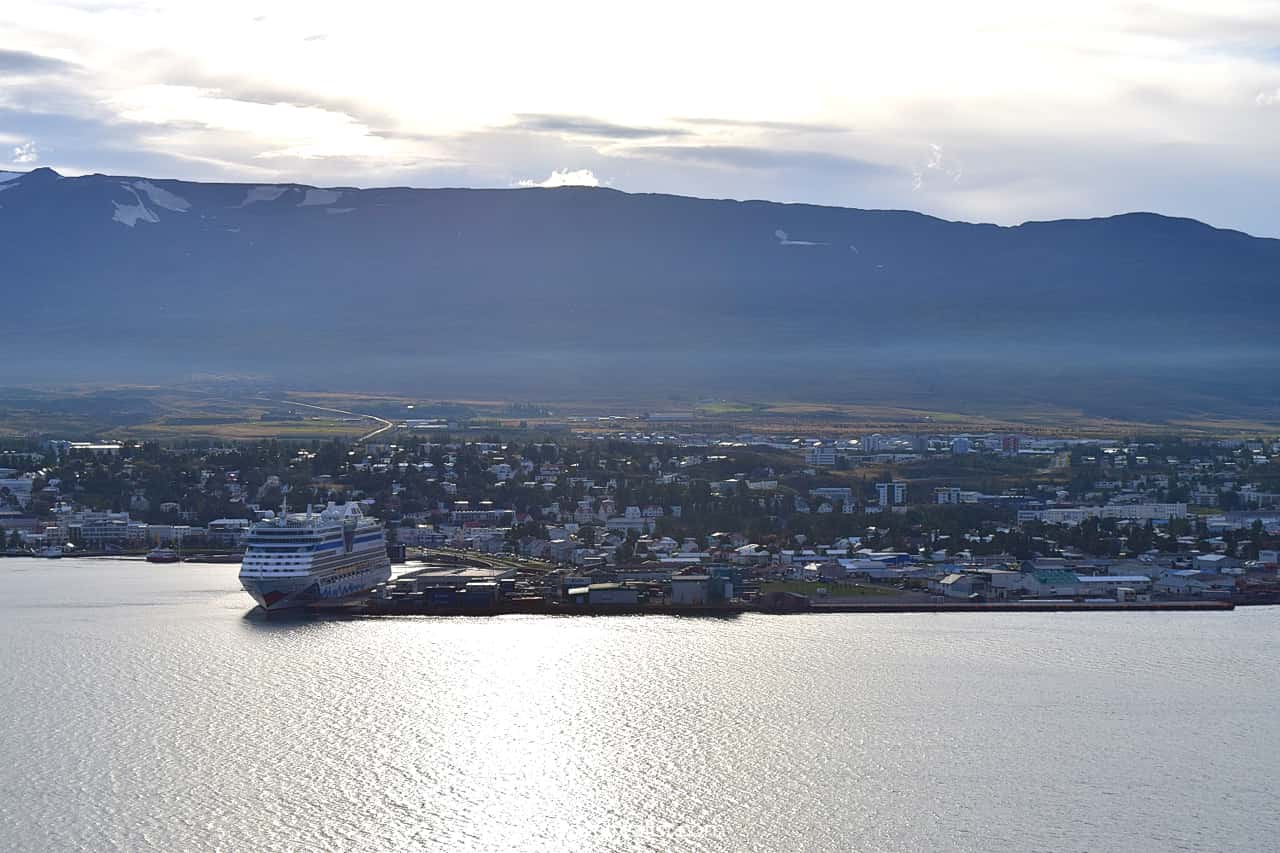
5. Settle on Amenities
You could often save a lot if you are willing to forgo some amenities. But this could be a difficult tip to put to work if you value your comfort and privacy.
The idea is not to stay in hostels or tents. On the contrary, you should still prioritize a good night’s sleep but at a reasonable price.
Many newly opened guest houses do not have in mind all needs of the guests. This is a byproduct of the tourist boom. Hotels opened in former post offices, churches, and country houses.
Many of them have amazing reviews. They are next to the major sights and towns. They have nice rooms and services at budget friendly rates. A shared bathroom is the only catch.
A private bathroom is a common missing piece. It is a lot easier to add another guest room in a former post office than another bathroom.
The choice is yours. If you can tolerate a shared bathroom for a night, you can save a lot on lodging in Iceland.
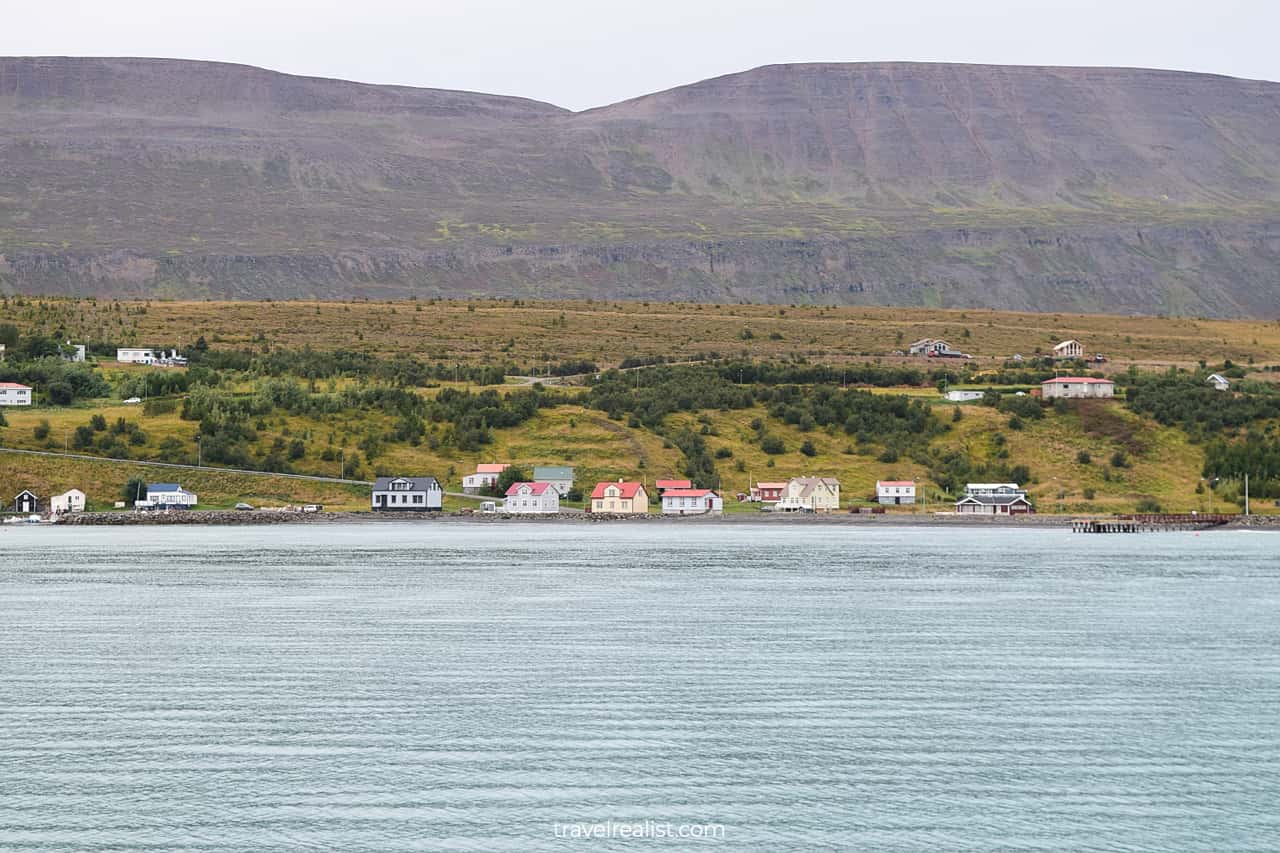
6. Book Early
The next piece of advice for finding inexpensive places to stay in Iceland is also quite intuitive. It has little to do with the location and the type of lodging. It all depends on when you book a place to stay.
The sooner you book lodging in Iceland, the less you will pay on average. If you can plan your trip 8 to 11 months in advance, you will likely get the best deal. This is true for Iceland and most other destinations.
This way, you give the owners a notice well in advance of the summer season. It is easier for them to plan capacity and make repairs. Many places are willing to give you a better rate for this advance notification.
Winter is the best time to book a place to stay in Iceland for the summer. This gives the hotel owners plenty of time to plan ahead. So, book as early as possible to get the lowest price.
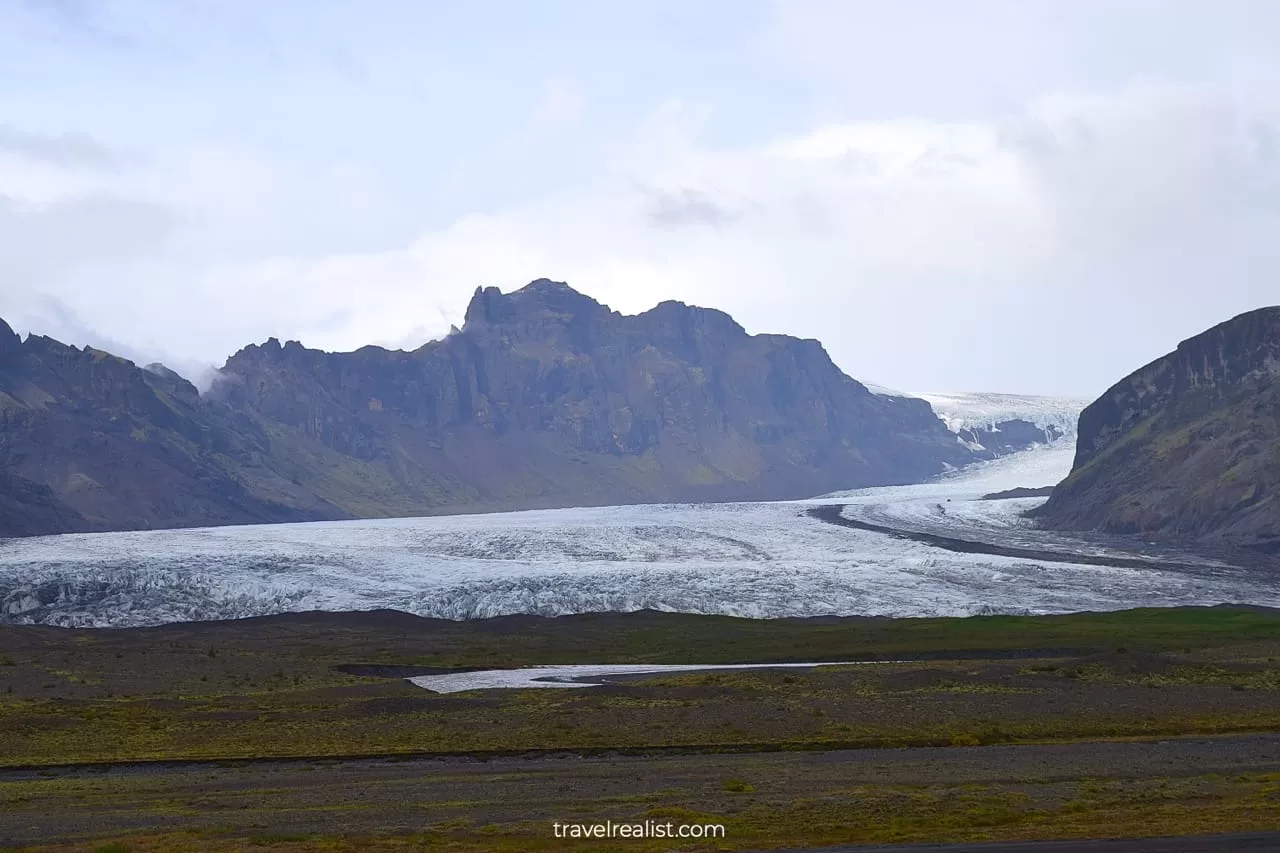
Car Rental
A rental car is the next expensive thing when traveling to Iceland. It is a nearly unavoidable expense given the size of the country.
A rental car will allow you to go further and have more freedom that taking bus tours. You will be able to see more sights at your own pace. It is a must-have on an inexpensive trip to Iceland.
Car rentals in Iceland come at a price, just like almost everything else. You might feel that $80+ per day is a steep price to pay for a car rental. Just wait till you learn about taxi prices.
A 40-minute taxi ride from the airport to Reykjavik could cost you $170. There are also no ride sharing apps in the country. You would need to budget ~$350 for taxis alone even if you just stay in the capital city.
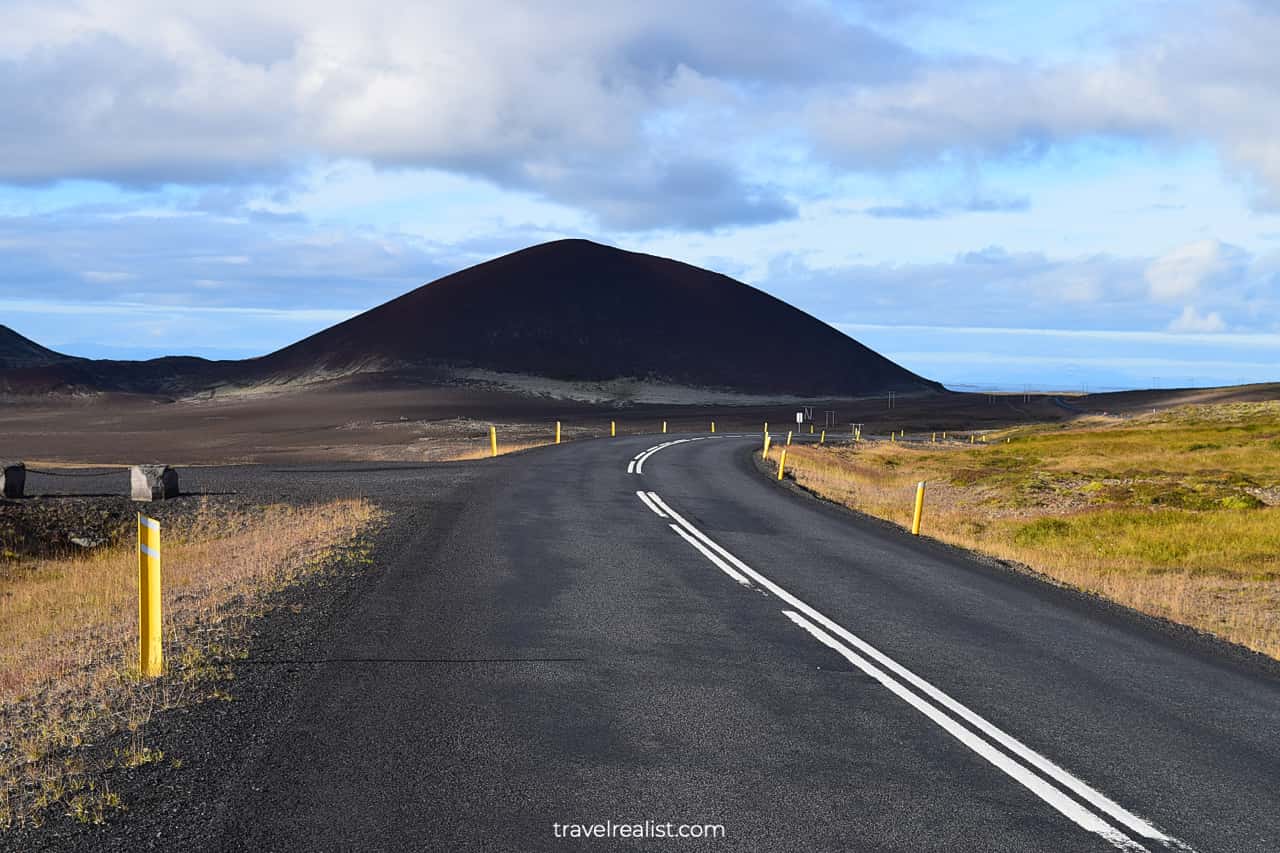
7. Check Reviews
There are a handful of car rental companies in Iceland. You will find lots of worldwide chains and a few local companies.
Almost all car rentals are in Keflavik Airport and Reykjavik. If something happens while you are driving through Northern Iceland or East Iceland, there might not be many options nearby.
You need to choose a car rental company wisely. Do not just assume that your preferred provider in the US will have the best deal or reputation in Iceland.
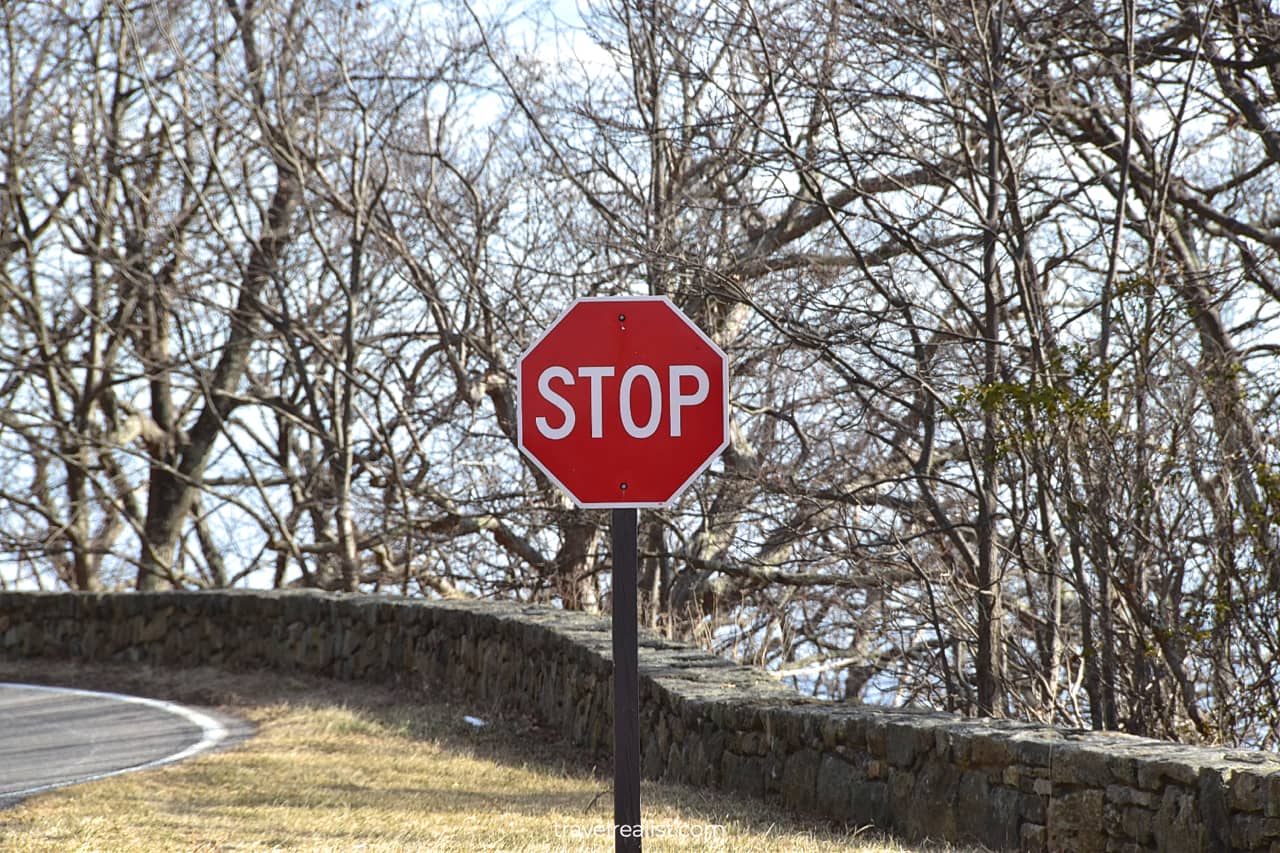
You will be surprised how many car rental companies in Iceland have poor reviews. Dishonest business practices, unauthorized upsells, and disputes are common things when renting a car in Iceland.
There is no bulletproof way to save yourself from the hassle and extra costs. But you should at least check the company reviews in advance. This way, you can make an informed decision where to rent a car.
Check out this in-depth collection of travel tips for more tips about renting a car abroad.
8. Book Fuel Efficient Car
Once you picked your provider, it is time to decide on a car. Just like with the car rental company, you need to get the right car for your trip throughout Iceland.
Most cars in Iceland have manual transmission. If you do not know how to drive stick, go for automatic. This is an upgrade and costs extra. But it could be well worth the money.
A trip to Iceland is not the time and the place to rent a luxury car. Most roads in the country are in good condition. But there are a handful of gravel roads to viewpoints. Low clearance vehicles will struggle there.
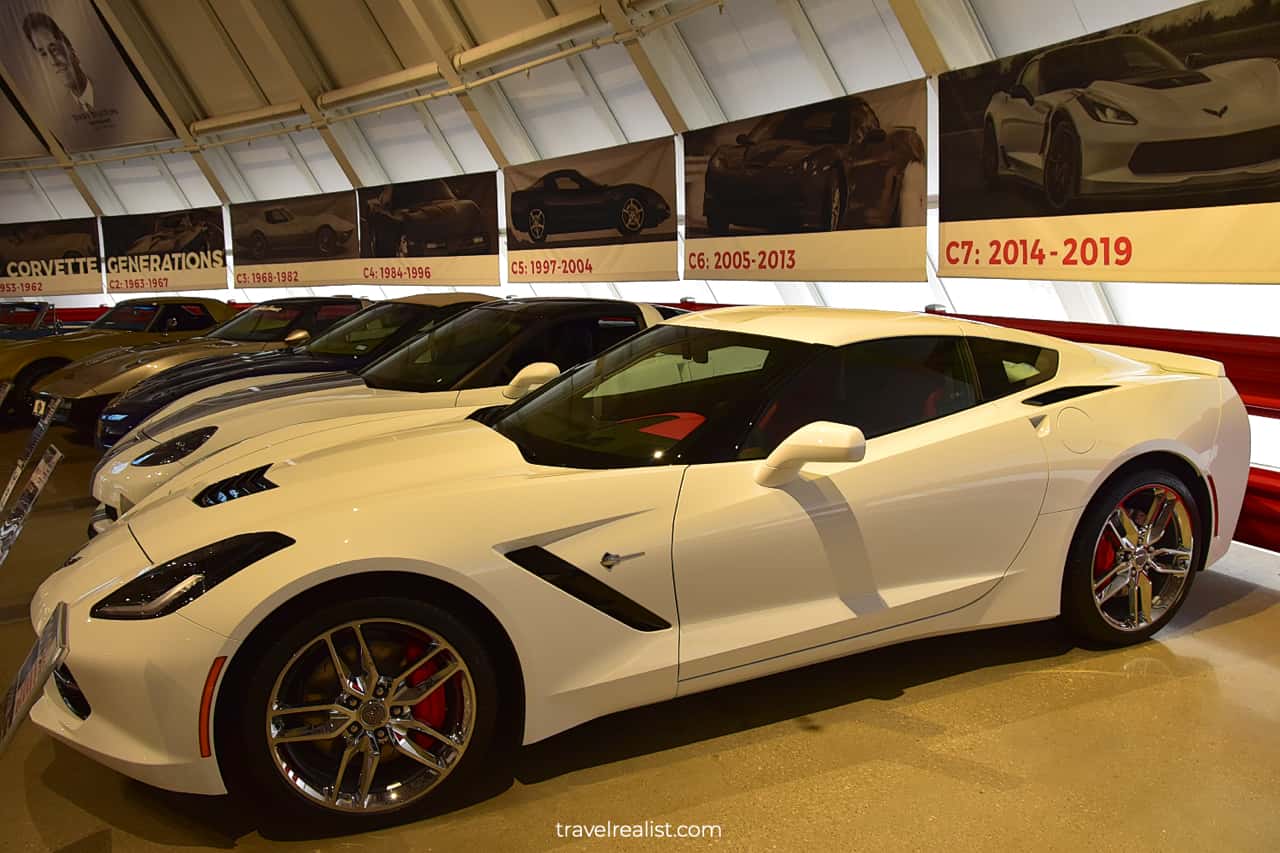
But it is not the luxury cars you should be worried about. Most companies will go out of their way to upsell you for a bigger car. They will talk a lot about the benefits of an SUV.
The truth is that a higher clearance is a nice perk. But it comes at an expensive trade-off. SUVs are far less fuel efficient than smaller cars. Sedans and hatchbacks consume a lot less gas.
This could be a real problem. Iceland has some of the most expensive gas prices in the world. The average gas price there is about $9 per gallon ($2.5 per liter). It is way more than prices in California or Hawaii.
These 10 to 20 miles per gallon will add up over the longer distance. Even a “free” upgrade to an SUV will not be free after all. Your best shot is getting a fuel efficient car. Look for hybrids if they are available.
While renting a hybrid is a great idea, going all electric might not be. With a packed Iceland itinerary you might not have spare 2-3 hours to charge your car each day.
9. Decide on Insurance
Insurance is another thing to keep your eye on when renting a car in Iceland and elsewhere. This is by far the largest cost driver of a car rental.
Car rental providers in Iceland are no different from other countries around the world. They will do their best to sell you the largest possible insurance package.
If you have no coverage through a credit card, you must not drive without protection. But you could decline these upsell offers if you already have insurance.
Beware that some rental providers will give you a hard time if you decline extra coverage. They might look for the tiniest scratches and chips when you return the car.
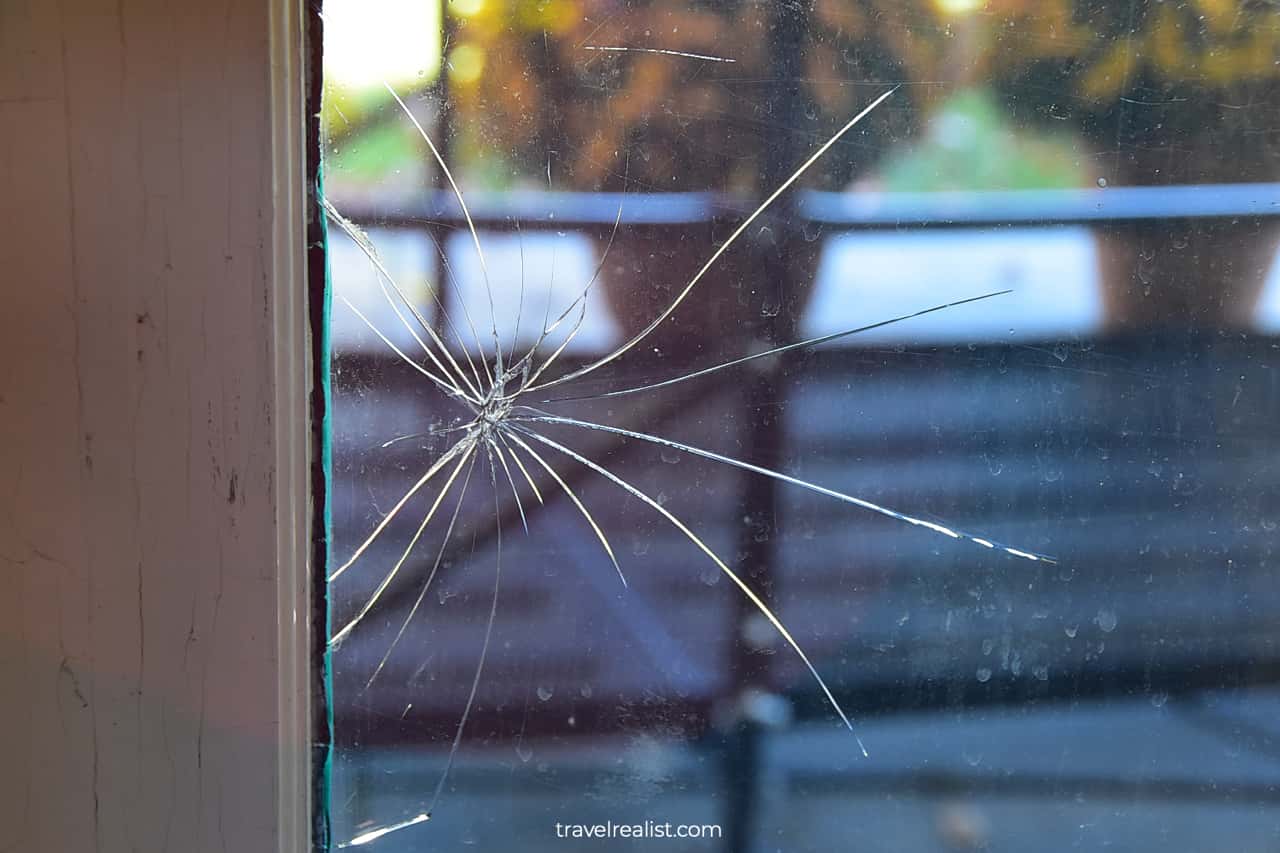
Document every little item in the contract before you drive off their parking lot. Take pictures and a 360-degree video of the car at pickup. Both could save you hours and hundreds of dollars later.
Anything can happen on the road. But most chips and scratches happen from rocks on the gravel roads. It is a good idea to take these roads less in this case.
It will be not be wise to travel on the high clearance roads either. You should skip Haifoss and Granni Waterfalls. Most West Fjords roads might also be out of question.
10. Obey Traffic Rules
Traffic fines could be a very expensive line item on your trip budget. Luckily, you can avoid them all together if you follow the rules.
The speed limit is the major rule to follow. You might be surprised about the speed limits in Iceland if you visit the country from the US.
- The paved highway speed limit is 55 mph (90 km/h). This is the speed limit on the Ring Road.
- Gravel roads have a lower speed limit of 50 mph (80 km/h).
- Cities have a limit of 30 mph (50 km/h).
- Some residential areas have even lower speed zones.
- Sometimes they could be as low as 18 mph (30 km/h).
It does not take much effort to break an 18 mph limit. But the speeding fines add up. They range from $200 to $700.
Do not think you could go over the limit in the remote areas because nobody is watching. There are speed traps all over the country. Shaving 10 to 20 minutes off your drive is not worth a hefty fine.
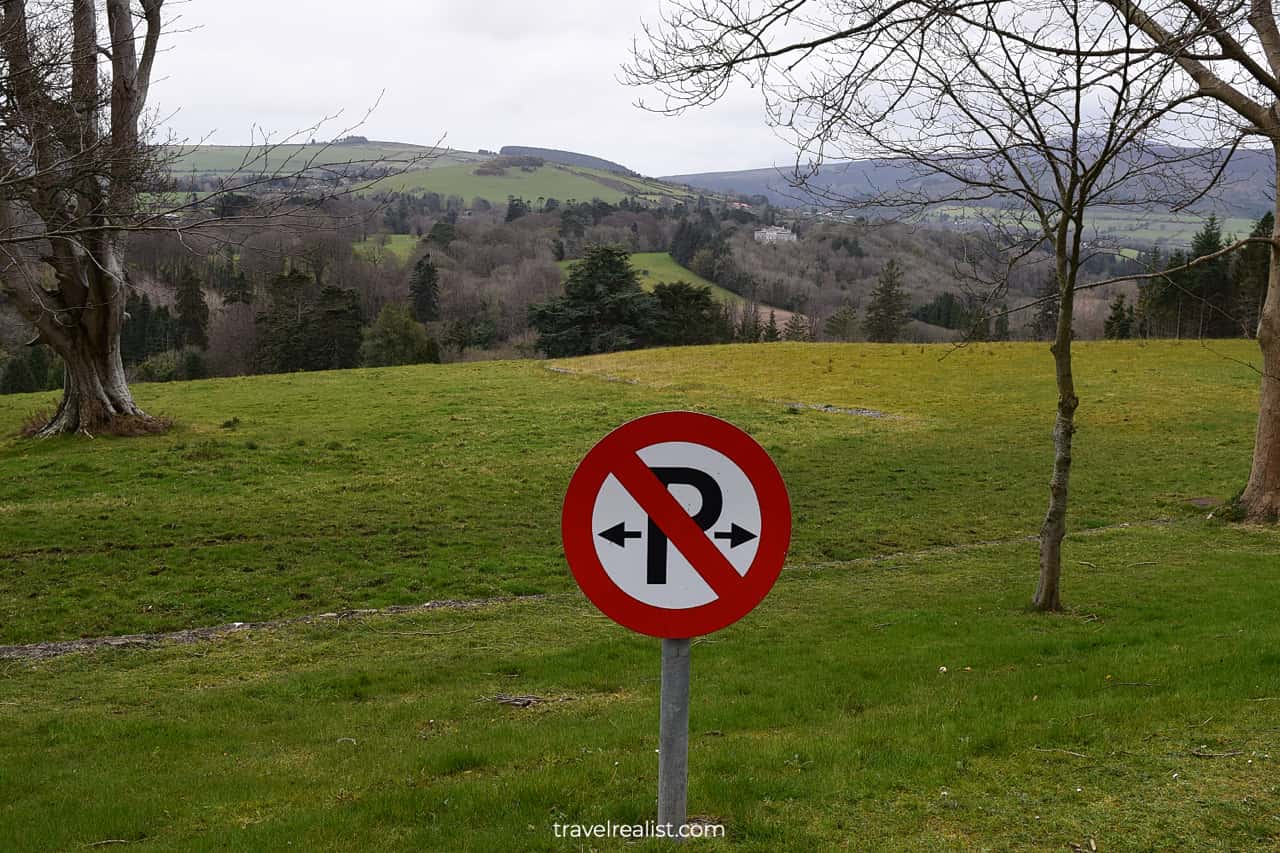
The parking fines are another think to look out for. Obey the signs and pay your parking fees before taking a trail or heading to a restaurant.
Many parking lots even in the remote areas have license plate cameras. You could be in for an unpleasant surprise from the rental company months after returning from the trip.
11. Skip Toll Road
This tip is only relevant to the visitors who drive the entire Ring Road. It does not apply to other travelers due to a simple reason.
Iceland has only one toll road in the entire country. It is the Vadlaheidargong tunnel east of Akureyri in Northern Iceland.
The tunnel costs between ISK 1,500 ($11) and ISK 2,500 ($19) depending on how quickly you pay the toll. There are no toll booths at this tunnel. You can only the pay toll online.
A car rental company will likely pay this toll for you for a hefty convenience fee. There are times when a toll road is worth it. But this tunnel saves you a total of 15 minutes. That is about a rate of a $1 per minute.
You need to decide for yourself if this tunnel is worth the extra price and the hassle. It is a slightly faster and safer route than Highways 83 and 84. But it is also far less scenic.
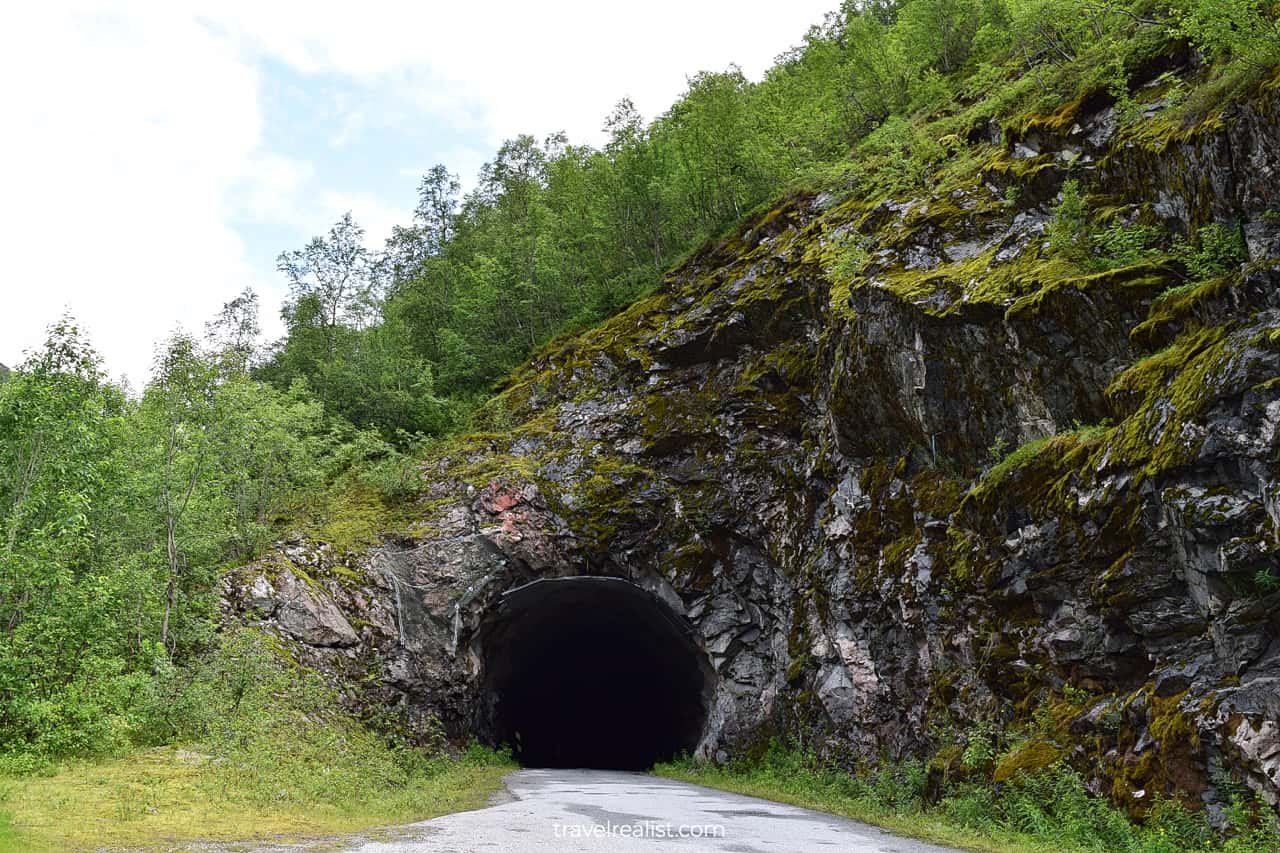
Food
Food will be the next major expense item on your Iceland budget. Few restaurants, expensive ingredients, and tourist crowds all mean that you could pay a fortune on food.
There is no way to completely eliminate these costs. This collection of tips will not cover survivalist suggestions like picking berries and mushrooms while in the country. It is permitted on some public lands.
But you need to be sure that neither the land nor the plant is under protection. Otherwise, you will be facing enormous fines for damaging the sensitive ecosystem.
Some hardcore Iceland travelers bring snacks and canned foods from their home countries. Go for it if you do not mind a heavier load in your luggage.
Everyone else should continue with this collection of tips for an inexpensive trip to Iceland. There are two main ways to save on food while in the country.
You could go grocery shopping and pick the right dishes at the restaurants. The next sections will cover both tips in detail.

12. Go Grocery Shopping
Buying food in a supermarket might not be a thing you prefer to do on a vacation. In the end, it is not fun to worry about food while exploring the sights. But neither is paying $100+ a day for restaurant meals.
There is also another reason for buying snacks and some food at the supermarkets in Iceland. The majority of the country does not have large towns.
Tourism dollars helped open more restaurants in these remote areas. But you could be at the mercy of the village’s only restaurant. They set the prices for their menu items.
If you want a little more control over your food costs, go grocery shopping. There are two chains you should pay extra attention to, Bonus and Kronan. Most other stores are only in Reykjavik.
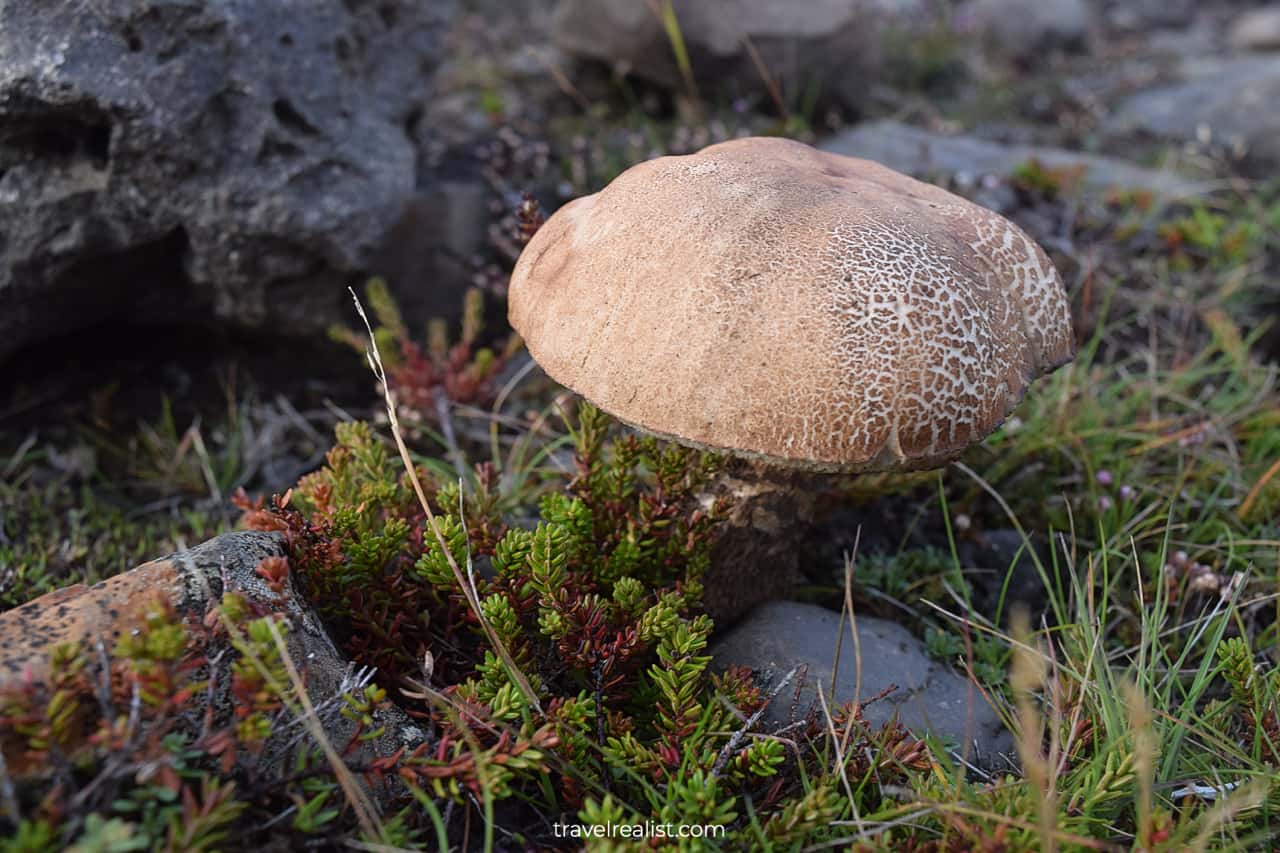
Bonus should be your go-to store in Iceland. It is a discount retailer similar to Aldi and Lidl in the US and Europe.
Bonus stores are all over Iceland. There are lots of stores in and near Reykjavik and towns in South Iceland. You can also find Bonus stores in Akureyri, Egilsstadir, and Borgarnes. There is even one store in West Fjords region.
Most Bonus stores are open between 10 a.m. and 8 p.m. The stores in remote areas work between 11 a.m. and 4 p.m.
Kronan chain is slightly more expensive but has a better variety. You can find Kronan stores in Reykjavik, and parts of South Iceland. There is also one store in Reydarfjordur in East Iceland.
These grocery stores are open from 9 a.m. to 9 p.m. daily. Rural stores have shorter hours.
You can buy a variety of items in either Bonus or Kronan stores. You will remember these snacks while driving through the desolate landscapes of Northern and East Iceland.
13. Look for Lobster Dishes
Just like the rest of things on the island, the restaurants are expensive in Iceland. You do not need to be a rocket scientist to guess the reasons.
Most of the ingredients do not grow in Iceland. They have to be imported from Continental Europe. The transportation costs add up. They result in higher prices on the menu.
A burger from a lunch menu routinely costs $25. A main dinner course is about $30-$40. Exotic meats, like reindeer, often cost $70+ per dish.
It is easy to spend about $80-$100 for a basic dinner for two people. Lunch is a bit cheaper but is still around $40-$50.
The portion sizes in Iceland are also a far cry from the United States. You will likely be hungry if you decide to split a course with your companion.
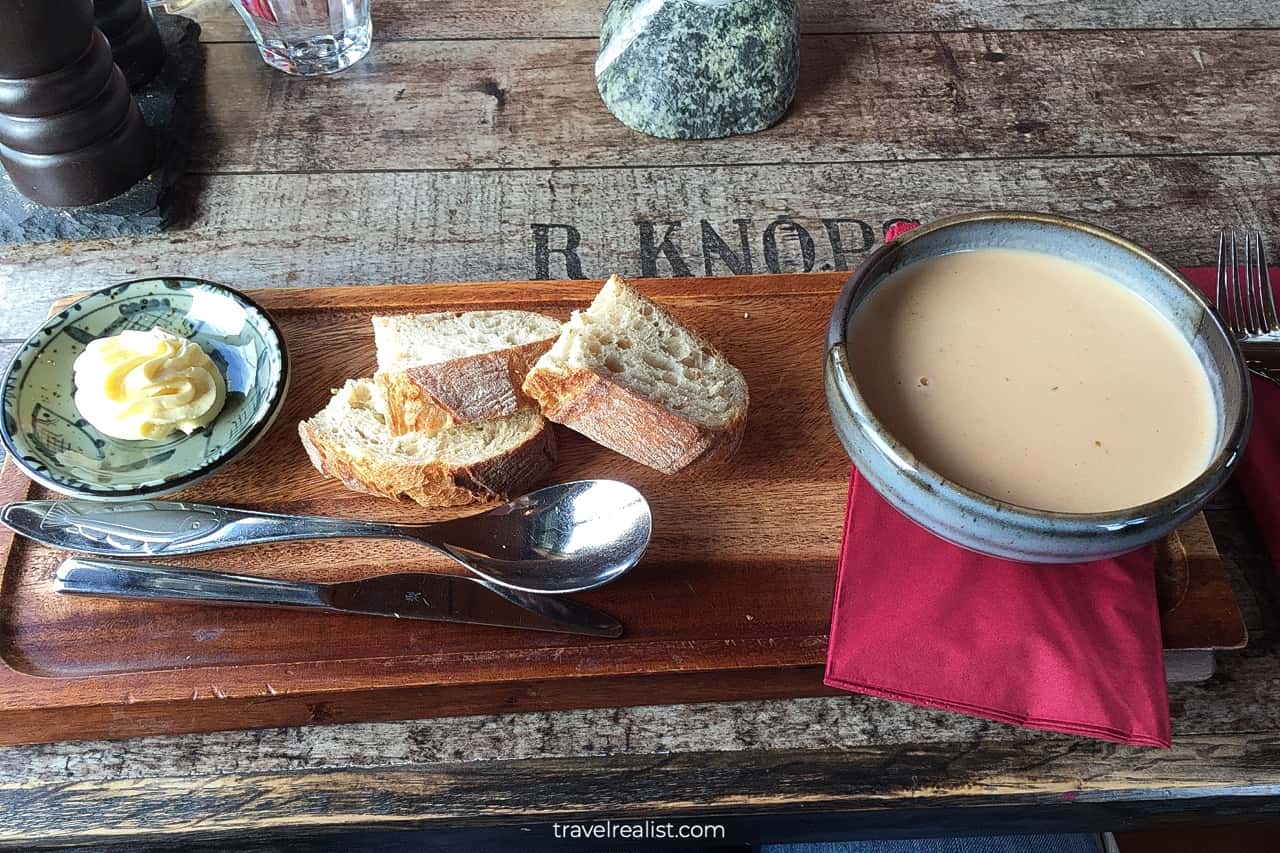
Dining out in Iceland could break the bank if you eat out for breakfast, lunch, and dinner. Low number of restaurants in the remote areas is one of the things that will protect your wallet.
There is one other budget friendly tip for carnivores. Give a closer look to lobster dishes. Lobster is an expensive delicacy in the USA. It is even true in Boston and New England where there is plenty of supply.
But lobster, or langoustine, is a true cockroach of the sea in Iceland. Abundant supply means that it will often be the cheapest item on the menu. Look for langoustine chowder, pizza, and pasta.
These dishes are rich in calories, delicious, and budget friendly. No need to overpay for gas station hot dogs anymore!
Tours & Activities
Cost of tours and activities in Iceland will round up your trip budget. There is no right or wrong way to budget for tours. A lot will depend on how you prefer to travel and explore the sights.
Still, there are a few approaches you could use to save while booking tours and activities. They involve focusing on value over cost and picking unique experiences you might not find in other places.
Continue with this collection of realistic tips to plan an inexpensive trip to Iceland. The next sections will cover budgeting for tours and activities.
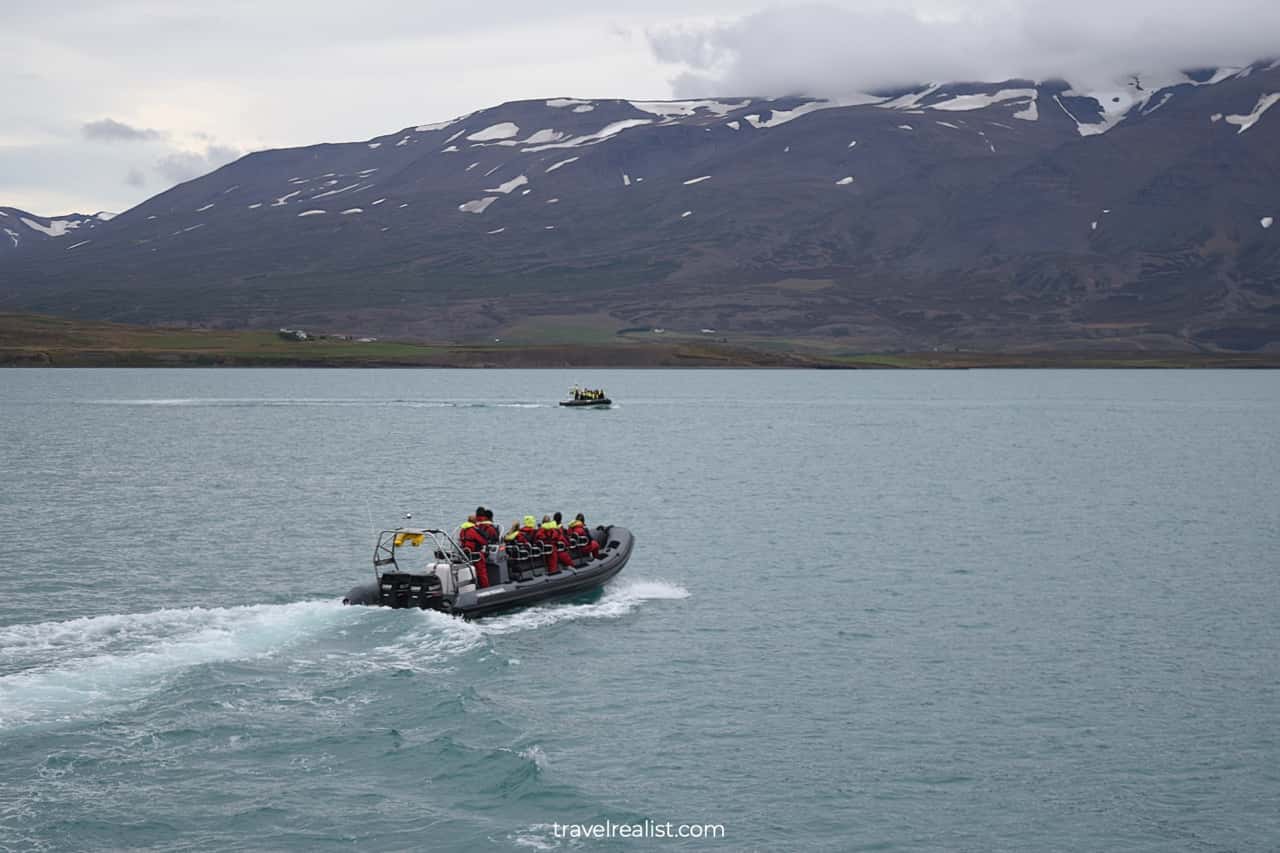
14. Prioritize Value over Cost
The first principle means looking beyond the surface. Sometimes a high price is not too high when you look closer. Let’s take a whale watching tour as an example.
Iceland is one of the best whale watching spots in the world. You can take a boat tour to see humpback and orca whales from Reykjavik, Akureyri, Husavik, and Grundarfjordur.
Prices for a whale watching tour start at $95 per adult. This does not seem to be a budget friendly price. You would need to pay close to $400 for a family of 4. Still, this price could actually be a bargain.
Most wildlife watching tours in Kenai Fjords in Alaska start at $125 per adult. A whale watching tour in Channel Islands in California is about $100. Only Boston Whale Watching is more affordable at $65.
Once you compare these prices, you would see that whale watching in Iceland is often cheaper than in the US. Iceland also has a longer whale watching season.
This is a no-brainer case where an expensive activity is more than worth it.
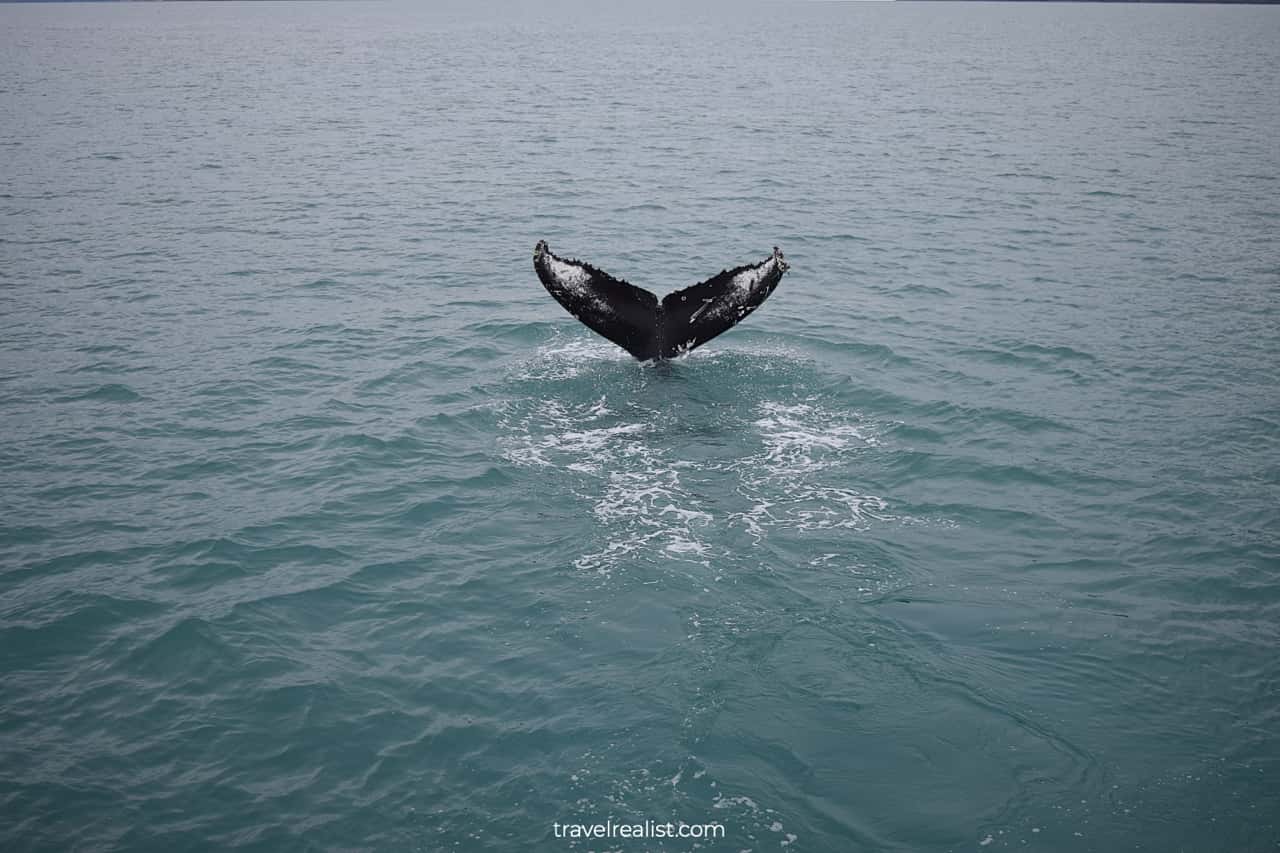
15. Pick Unique Experiences
The second approach to picking activities in Iceland is looking for unique experiences. The country has plenty of things you might not easily find elsewhere.
For once, there are hot springs. Both Blue Lagoon and Myvatn Nature Baths give you a chance to enjoy the hot blue waters. They cost $50 to $60 per person. Yet, this cost could be worth the experience.
Glacier Lakes are another example. Both Fjallsarlon and Jokulsarlon in East Iceland have boat tours. These boats bring you close to the icebergs and glaciers. They cost at least $50 per adult.
The same logic applies to Hverir in Northern Iceland. It is not the most well maintained place. But you could see steaming hills for just a parking fee.
You might pay a lot more for a similar experience elsewhere. This is even more true once you factor the costs of getting there.
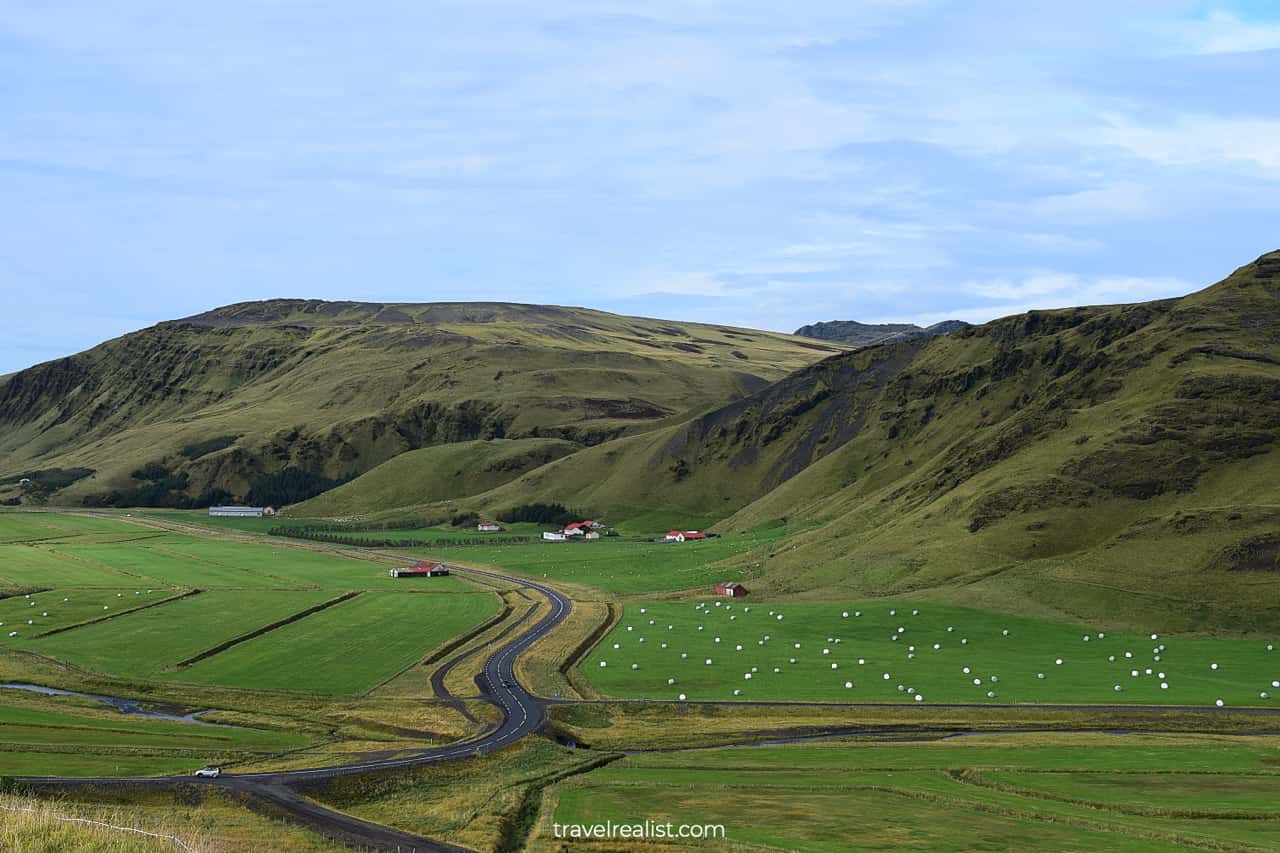
Takeaways: Inexpensive Trip to Iceland Tips
Iceland is a perfect European destination. You will enjoy a trip to this island if you like natural sights and wildlife. Waterfalls, volcanoes, hot springs, and glaciers make a trip to Iceland worth your money.
You should follow a few tips to make your money go further.
- It pays off to plan your trip to Iceland earlier, up to a year in advance.
- Pick the right season to travel and airline route.
- Book places to stay in major towns and well in advance to get a great deal.
- Be mindful when booking tours. Pick activities that offer the best value and unique experiences.
- Rent a fuel efficient car from a reputable company. Get a hybrid and decline upsells.
- Go grocery shopping, try lobster dishes, and obey traffic laws once on the island.
Take a look at this Best Places to Visit in Iceland Video Playlist. And visit the YouTube channel for the latest videos.
Frequently Asked Questions
Iceland is one of the most expensive countries in the world. But you do not have to stay in a tent and hitchhike to have an inexpensive trip to Iceland.
Follow a few tips to visit Iceland on a budget:
– Plan your trip early, up to a year beforehand.
– Travel during the shoulder season in late spring or early fall.
– Pick an airline route with low cost options.
– Sign up for deals and book quickly.
– Look for places to stay in the major towns.
– Decide if a shared bathroom is a dealbreaker.
– Book a place to stay as early as possible.
– Check reviews for car rental companies.
– Book a fuel efficient car to save on gas.
– Decline upsells for coverage and bigger cars.
– Book unique activities with good value, like hot springs and whale watching.
– Shop at supermarkets to buy cheaper snacks.
– Order lobster dishes since they are often the cheapest item on the menu.
– Avoid gravel roads to not run into issues with car rental company.
– Skip the toll tunnel.
– Obey traffic laws.
Iceland has some of the most expensive gas prices in the world. You should budget about $400-$500 on gas for a 7 day Ring Road itinerary.
Shoulder season, like May or September, is the best time for an inexpensive trip to Iceland. You will get budget friendly deals on airfare, lodging, and tours with nicer weather and long daytime.
An inexpensive trip to Iceland could cost about $3,000 or $200 per person per day. This sum covers a 7 day itinerary for two adults with airfare.
Safe realist travels!

